 When my husband and I were first falling in love, we’d hang out in his attic apartment in Ames, Iowa on Monday nights.
When my husband and I were first falling in love, we’d hang out in his attic apartment in Ames, Iowa on Monday nights.
The ceilings were sloping, and there was a big Robert Smith poster looming over everything. My future husband was skinny and always worried something in his hands, his thumbs square to his pretty forearms. His dark hair was always too long, and even though he was this overly confident, superiorly funny Minnesota boy, he could only hold eye contact with me for so long before he’d look away, a self-effacing smile on his face as if he was couldn’t believe that he was so worked up over a girl.
Who was me. Who couldn’t believe I’d snagged the attention of this boy, this funny boy with green eyes and dimples who had such an accurate bead on me, right away, that he sauntered, sauntered up to me one day and said, I’m going to go get a coke. But first, I want to let you know that when I come back, I’m going to ask you out. And I swear, it will be fine, better than fine.
So on Monday nights, with this beautiful boy in his attic apartment, we’d watch The X-Files on his Zenith television, and to tune it in, he’d have to climb out the little round attic window of his apartment and hang off the side of the house and rest this antennae attachment he got at Radio Shack in the rain gutter.*
Then he’d swing back into the apartment, and shove his dumpy sofa in front of his Zenith, and then he’d pour me a beer in the one beer glass he owned and drink out of the bottle for himself. And we’d watch Mulder and Scully with our legs crossed over the other on his dumpy sofa and marinate in the second-hand sexual tension until, well. Let’s just say that Robert Smith learned some things.
Oh, it was fine. Better than fine.
Everything about those Monday nights, every little thing about them, is what I am trying to recreate when I watch a movie.
I want everything to be low-stakes and off-kilter. I want the underpants feelings to come slow and easy. I want to hardly be able to believe what I’m watching, but it to all be okay because some love in the story makes it okay. I want nerdery and strange images and I want to cross my legs together with a cute Minnesota boy who likes all the parts I like at the same time.
Actually, that Zenith was the last television we ever had, and it died nobly, during an episode of Buffy the Vampire Slayer somewhere inside our first year of marriage. Nowadays, when we watch something together, we steal an unstable 90 minutes sometime after our son falls asleep and before we drop from exhaustion. We lean back on our martial bed, with a laptop balanced on our knees and the volume so low we breathe shallow so we can hear the movie and if our child cries out for us.
Somehow, it’s fine. Better than fine.**
The first time we watched the movie Sidewalls (Medianeras, written and directed by Gustavo Taretto, 2011), ensconced in the bedroom of our urban brownstone, the streetlights shining through the windows, the even and sleeping breaths of our kid a few paces away, we looked at each other as it opened with one of the most beautiful monologues we’d ever heard in film and grinned.
It was about the irrational architecture of Buenos Aires, how it had grown out of bad logic, short buildings next to tall ones, small buildings built to make room for even smaller ones, and how this irrationality reflected its people perfectly. How a shoebox apartment lost in the swell of this overgrowth led to depression and anxiety and pain, and how really all the pain and disconnect of the world could be attributed to builders, to architects.
We grinned, because it was beautiful, because we were sitting, knee to knee, a laptop balanced on top of them, in one of the most irrational brownstones in Columbus, Ohio—four narrow stories tall, worked over so heavily in plaster and carved wood and staircases that we sometimes don’t even know if the other person is even in the house and we spend good parts of our day going up and down stairs and looking in all the nooks that 19th century people had some use for trying to find each other.
Just like we’ve been trying to find ourselves, and each other for the last few years.
Unlike that 400 square foot attic apartment, the garrets sloping so close over our heads we had to push the dumpy sofa into the middle of the room to watch TV. So close and small we always knew right where the other was, and we were almost always close enough to touch.
So of course, Sidewalls, is a love story. Perfectly low-stakes and off-kilter, and wonky. The deliverer of our monologue is Martin (Javier Drolas), a shoebox apartment dweller, who until recently, completely confined himself to his apartment, for years, due to severe agoraphobia. He was cured, he says, by a psychoanalyst who told him to go into the city with a camera, where Martin documents the unbeautiful. Because he is also phobic of all transportation, he only goes by foot, and carries a “panic backpack” outfitted for every contingency with tools, first aid, computer memory, and antibiotics.
Every building, says Mariana (Pilar Lopez de Ayala), our heroine, has a side whose only use is to differentiate between us, divide us, to show the wear and ugliness of the building. This is the sidewall. Home only to cracks and graffiti and advertisements. She is an architect who has never built anything, not a building, not a bathroom, she tells us. She works as a window dresser, building ideas in non-rooms that are neither inside or outside, and tells herself that if someone looks at one of her displays, and likes it, that this is the same as liking her. She’s learning to be alone after finding that the man she loved was a stranger; she’s learning to live, again, in the 8th floor apartment she abandoned for him, eight floors up and alone and she’s phobic of elevators. She brings her window display mannequins to her apartment for company, to talk to, to make love to. And obsesses over her childhood copy of Where’s Waldo? Despairing because there is one puzzle in the book she has never solved, has never found Waldo—Waldo in the City. She believes she has no choice but to accept that this is a metaphor for her loneliness, her inability to find herself.
The sidewall of her building faces the sidewall of Martin’s.
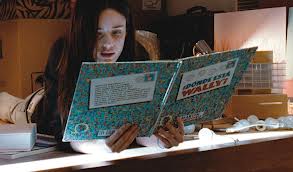 So this is a love story divided. There is no light between them, and though they share the same street, and there the smallest geographical space between them, we watch them just miss each other, again and again.
So this is a love story divided. There is no light between them, and though they share the same street, and there the smallest geographical space between them, we watch them just miss each other, again and again.
Yet, this is not played as a farce, only three times are they within a few feet of the other, looking the other way, or in the dark. How they really miss each other is by their inability to connect and find lasting love with anyone else, and with their personal journeys of self-discovery and increasing readiness for love. And here’s the thing—that’s why this movie is everyone’s wonky love story. Because, we’re all sidewalled away from the other, and if we haven’t found love, it’s like Mariana’s Waldo, he’s there, it’s just our own blindness. We watch Martin and Mariana yearn for the same things, and cry at the same movies, and sing along to the same summer ballad. We also, without seeing them together, have the ability to discern where they are complements.
I think about the Monday nights before I met my husband, watching Mulder and Scully, while he sat in his attic apartment with the window open, the crickets singing, watching Mulder and Scully. We were already having our love story, in a way.
Or at least, that’s the hopefulness of all of this. It should be impossible to tell a love story about two people falling in love before they’ve ever met, or even know the other exists. That’s the wonk. That right there, the telling of this love story. The wonk is not that Martin is phobic and a hypochondriac, it’s not that Mariana smashes tea cups when her neighbor’s piano playing gets too sad, and the wonk is not that she gets her lip pierced. It’s that we watch them fall in love, utterly in love, and they don’t know the fact of the other’s existence until the last 45 seconds of the movie.
Yet, the movie is utterly romantic and dear for all of its failed dates with pothead dogwalkers and impotent swimmers, for its random and heartbreaking sidebars on architecture and cyber sex. Every time Martin smiles at something we know, we just know Mariana would also smile over—our belly swoops satisfyingly. Every time they express their longing for connection without wires or walls, we curl our toes in anticipation of their finding each other. Meanwhile, we see that every foray they make into their own, personal happiness is one more brick demolished out of the sidewall between them.
The wonk is in the telling. In this impossible trick of showing us how we fall in love before we ever meet our beloveds.
Sometimes I ask my husband to, tell me something about you. Something I don’t know. Something that happened to you before we even met. These are my favorite stories. Even the most mundane recollections fascinate me: once I walked a mile in the rain to buy a girl I met in a bar clove cigarettes because she said she was craving one. When I first came to college, I didn’t know which machine was the washer and which one dryer and it made me so angry, all the things we just expected my mother to do. There is always something about these stories that feel familiar, even if I have never heard them before, because they are the things that make my husband who he is, and I love my husband. They are the things that made him ready for me.
This movie is a perfect 93 minutes long, just exactly at the time we can spare after a child’s bedtime and before our own. But the first time we watched it, we started it over and watched it again, and talked all through it, in low voices, pointing out all the things we had noticed the first time. Not unlike that hour, year ago, we earmarked for the other every Monday night, the time we’d see each other even if we hadn’t made plans that week to see each other. I’d climb the stairs to his attic apartment and knock, and he’d open the door and say get in here, what took you so long? Even though I came the same time every Monday.
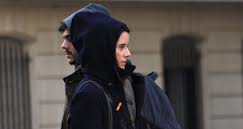 How do you find a person when you don’t know what you’re longing for? Mariana wonders. That’s it, exactly. Our love story starts when we ask the first questions of ourselves, when the sidewalls are intact. We have to know ourselves, what we long for, what we don’t want. We have to walk a few miles in the rain for a pretty girl who won’t be the one we settle on. We have to walk our dogs with a pothead and have terrible sex with someone we met at a public swimming pool. We have to first, be true to ourselves and pierce what we want to pierce and be afraid and then unafraid.
How do you find a person when you don’t know what you’re longing for? Mariana wonders. That’s it, exactly. Our love story starts when we ask the first questions of ourselves, when the sidewalls are intact. We have to know ourselves, what we long for, what we don’t want. We have to walk a few miles in the rain for a pretty girl who won’t be the one we settle on. We have to walk our dogs with a pothead and have terrible sex with someone we met at a public swimming pool. We have to first, be true to ourselves and pierce what we want to pierce and be afraid and then unafraid.
We have to be better than fine.
We are all irrational, a product of bad logic, we’re the short building next to the tall one. Somehow, we find each other. Mostly when we find ourselves.
This is a spectacularly wonked movie, and not primarily because its hero and heroine are. Its wonk comes from what it chose not to show us. And what it did. Just like love, it should be impossible.
Sidewalls is currently streaming on Netflix. Or available to rent from Amazon.
*When it rained, we couldn’t watch The X-Files. But what we did instead was so much better, I sometimes hoped for rain.
**Fourteen years in June.

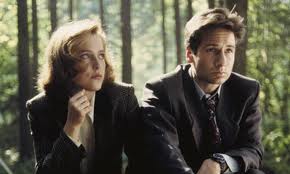
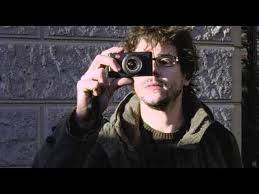
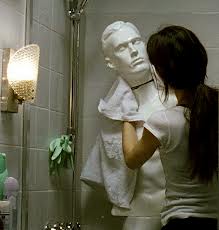



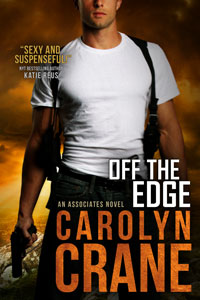
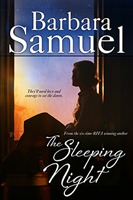
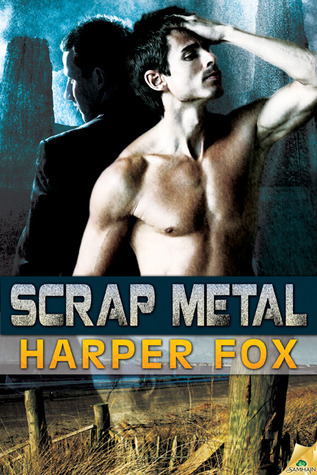
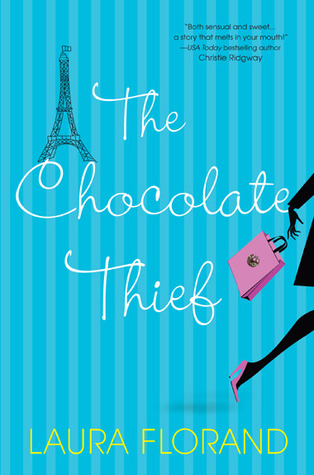
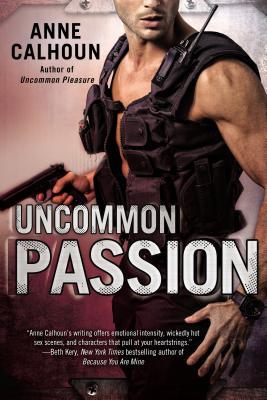
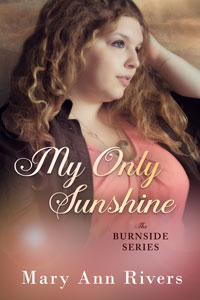


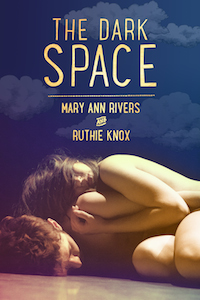

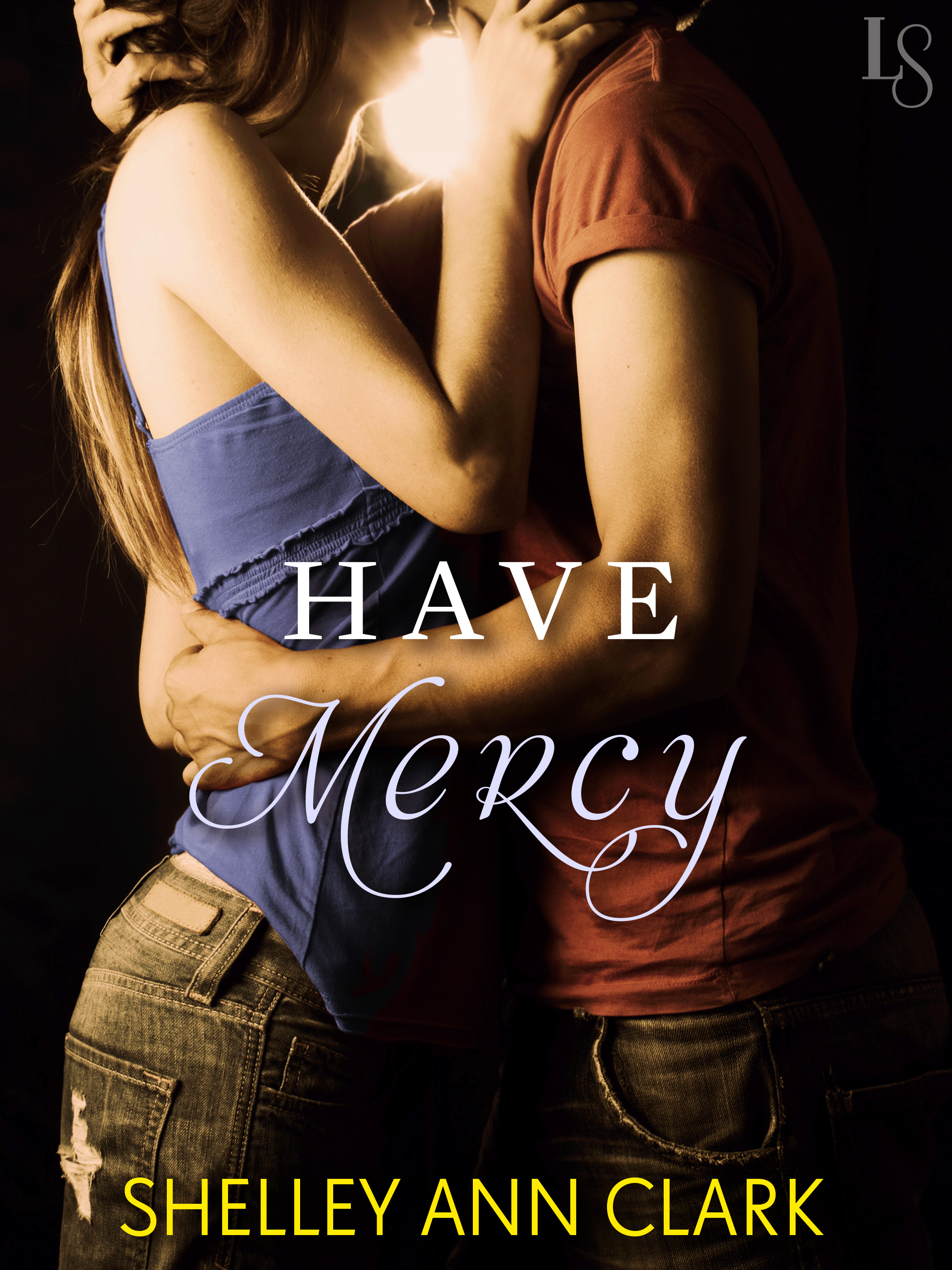
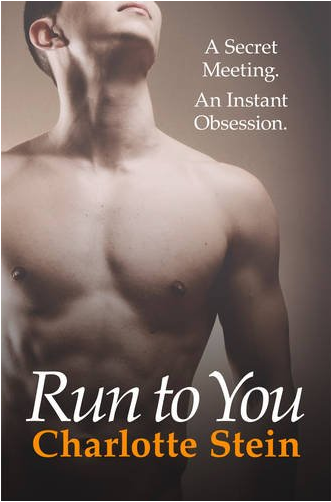
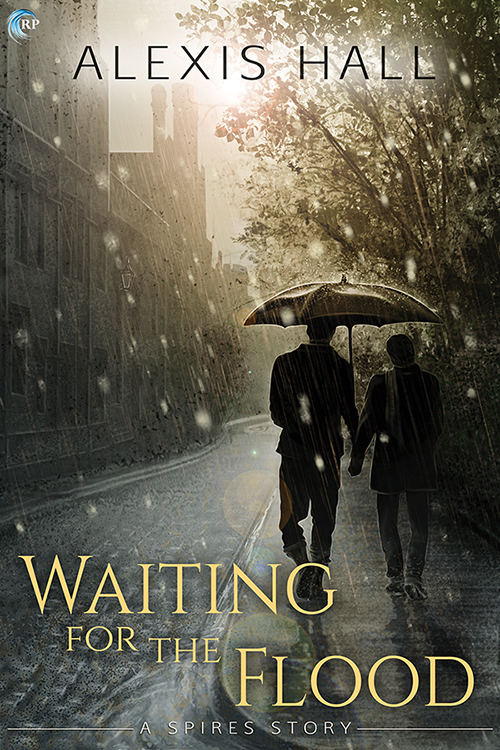

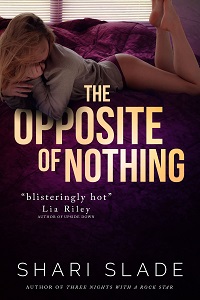
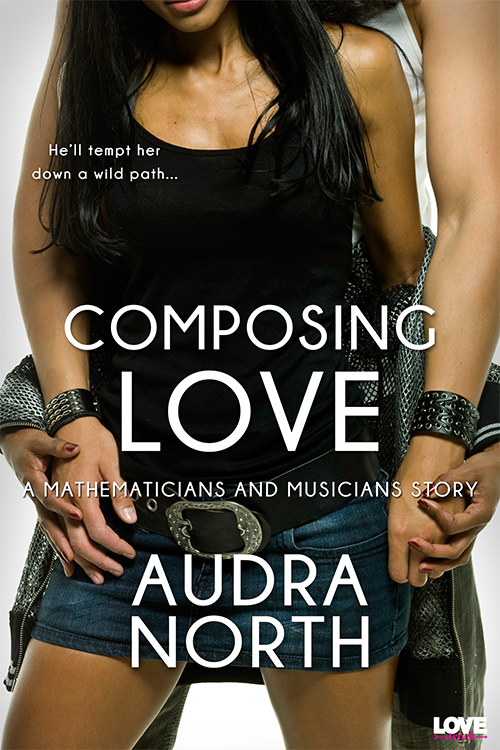


This post is so perfect, no one knows what to comment. I will launch us.
As you know, I watched this movie recently on your recommendation with my husband. We both loved it. Just the opening monologue alone is worth it. If someone has 5 minutes, they should just watch that part. It’s so fabulous.
I think my favorite thing about it, in addition to everything you said up there better than I could have, is that it is deliciously mundane. This is a movie that unfolds in a leisurely way, being funny and charming like some wonderfully interesting stranger you’ve just sat next to at a party, but most of the time it’s these two people in interiors or on busy city streets, going about their ordinary lives. There is no glamor here, but it’s EXCITING — like peeping through a hole to see how everyone else is going about this life thing.
Also, the scene after the last scene, that plays over the credits, makes me grin like a girl every time I think of it.
Yes. There are just hundreds of perfect life details all over this film. Like one of those ginormous Dutch oil paintings. Or a Richard Scarry book. It’s so rewatchable–sexy and sweet and the fullest 90 minutes of film, ever. Martin’s LOOKS and soulful brown eyes are worth a rewatch or two all by themselves.
Absolutely gorgeous post.
Thank you!
I was thinking I loved this post so much because it’s so beautifully relate-able for me. I’ve never seen the movie (something I will rectify very soon), but I don’t know if I’ll love it as much as the story you tell about you and your husband.
This might be because I fell in love with my own skinny, dark-haired boy while sitting in a slope-ceilinged room in a college town in Iowa (but Richard Butler, not Richard Smith, watched over our blossoming). After we graduated we even lived in a strange house in Columbus Ohio (a gutted bungalow, not a brownstone) and then later–when the reruns hit FX–we watched Mulder and Scully every night over dinner plates on our knees, and my boyfriend sweetly and kindly laughed every single night over the song I made up to the intro (a bit of doggerel about my angst over deciding which agent was cuter–a song which he still makes me sing sometimes). And so your post did what every excellent romantic piece should do–it made me feel love. :-)
But now that I’m reflecting on it, I think I love this post simply because it’s beautiful. Thanks!!!
Oh! I also meant to say that (1) I had a poster-size drawing that I MADE of Robert Smith over my bed in high school, which I think was approximately this same time, and (2) my husband and I also watched every season of the X-Files together. So, yes. What Edie said.
xo
You drew a poster of Robert Smith? Oh man, that’s so awesome. Do you still have it? Me and my hs bffs couldn’t find Cure t-shirts that we thought were cool enough so we batiked our own in art class. Wish I still had it…
I flipped through the Box of Old Photos, certain I could find photographic evidence, but no. I am just *sure* I’ve seen it in an old picture, somewhere…
You must find it! I wish Matt still had the Robert Smith poster. He tossed it when we moved in together! Gah.
Thank you for sharing this Edie! I said over on twitter this morning how, now, it’s obvious how much we had then, even though we felt like we had so little. I wish someone had barged in on us then, and reminded us to soak it all in even more than we already were.
I think you and your love will adore the movie. It’s about just these kinds of details. How we move through life, how our life gets captured in the moment, and how we reflect on it.
My husband and I haven’t done this for a long, long time. But once upon a time, long before Scully and Mulder we fell slowly in love at the movies, both in the theater and at home. We would watch anything because we were together. And that was better than fine.
I need to add that movie to the queue!
Yes! Add the movie. I think so many fell in love watching movies, television shows together. It’s nice, when you’re new with someone, to feel what it’s like to share the same emotion at the same time in a safe way, I think. Like you’re trying on what it’d be like if there was the intensity of a shared feel that both of you had made together.
Mary Ann, Thanks for sharing a little about your love story and for this great movie suggestion. I’m definitely going to check it out. Actually sending the Wonkomance link to my DH right now–he won’t know what hit him. Like you, we rarely watch movies. After putting the toddler twins to bed, we only seem able to be able handle a TV show. But we recently watched Moonrise Kingdom, and there’s something deeply romantic in a wonky, slow building way about that movie too.
The Husb and I watched it in two installments, because we never finish a movie in one night. So I can recommend it via that approach. :-)
That movie’s on our list! I love the idea that you sent this link to your husband! Love.
Also, twin toddlers. I would like to give you so much more than a movie recommendation. Like maybe a week in the mediterranean.
Moonrise Kingdom is incredible. Husband saw it by himself, then bought it and made me watch it with him. Dark and funny and weird and romantic.
We went to see Moonrise Kingdom for our anniversary. And talked about it all through dinner. It’s so great.
This line: “we sometimes don’t even know if the other person is even in the house and we spend good parts of our day going up and down stairs and looking in all the nooks that 19th century people had some use for trying to find each other” really felled me.
My husband and I began our relationship in a dorm room. My single dorm room, to be exact. It was about the size of a small closet. We slept together on the extra-long twin bed; there was only one position we could lie in that allowed us both to fit (him on his back, me on my side, head in the crook of his shoulder). We moved into a studio apartment when we married, and the bathroom door didn’t even close all the way.
The year that was toughest for our marriage, incidentally, coincided with the year that we lived in a two-bedroom apartment with a dining room and a long hallway. For the first time, we could both be home, and not see or hear each other. At first it felt like freedom, but after a few months, it just felt like loneliness.
We’re back in a one-bedroom apartment now, 700 square feet, one couch, one full-sized bed. We can’t stay angry with each other for long, because there is nowhere for tense silence to go. Frustration would fill the whole space if we let it fester. . .so we don’t.
I’ve never really thought about architecture as something that shapes our relationships, but it does. How it does.
This unwieldy brownstone is, by far, the biggest place we’ve ever lived–our living here is a function of nutty cheap rents in an original Cbus neighborhood. We’re already talking about how small our next place will be, because yes, this movie absolutely hits on a truth in this regard–there is a way that our shelters shape us, suggest how to live, press the grooves of our routine. When I got married, an aunt with a famously happy marriage took me aside and told me that while she was the last one, ever, to feel compelled to give advice, she wanted to to suggest that we never buy a bed bigger than a queen. A queen she felt, was the outside bigness that still invited end of the day intimacy. She may be onto something. Also she’s still very happily married.
Such good advice! We sleep in a full sized bed still, in part because it forces us to snuggle whether we want to or not.
I’ve been trying to figure out a way to respond to this post that doesn’t involve me spilling guts all over the internet.
Yesterday, I asked you to time travel to my summer of 1998 and today you actually freaking DID IT.
I have a scary fun-house mirror version of your TV watching love story, one that has no happy sigh at the end. And it still wounds me, that untidy business all tangled up in X-Files episodes and creaky couches and terrible take-out Chinese. Not because I long for the boy who was not The Boy, but because I KNEW. I knew and I let myself be hurt so deeply.
I’ve never been able to reconcile that interlude into the story of myself, but now I’m imagining it underscored with a refrain of “it will be fine, better than fine.”
It was just my mile in the rain.
*adds Sidewalls to Netflix queue*
Ever since my Year of Error involving a boy, Shari, I’ve been fascinated by the psychology of mistakes. Because I knew, too, and I never knew before then that it was possible to make mistakes while knowing you were making them. I guess I thought people who committed adultery and other such major life errors were just . . . dumber. Or something. Ha! No.
Your two stories make interesting side-by-side poetry, too.
Oh. I had two Years of Error. With two different boys. It’s not only possible to know you’re making a mistake whilst making it, it’s possible to make a huge variety of of conscious mistakes.
“the psychology of mistakes”
YES.
My (un)intentional field work on this topic, and on the irrationality of desire, was extensive.
I spent so much time doing the “right” things. Then, it was suddenly like I’d only ever learned the hard way.
I wish it were only a year.
These days I’m studying the futility of regret.
P.S. This is all where Cath came from. Not my biography, but my feelings and processing of Year of Error. So there is that.
Yes, Shari. That’s all it was. You had to have it.
This is such a beautiful comment.
Isn’t it?
Oh good, I’m safe from over-sharing in response to this gorgeous, gorgeous post because I’m so ancient and have been married so long I can’t really remember that phase of my relationship.
The movie sounds great. Urban planning/design is one of my things (it’s what I make my students read about in my writing class) so I love the idea of sidewalls. I just finished reading Heart of the City by Ariel Sabar, which tells the stories of couples who met in New York public spaces, and speculates on whether the spaces helped create the conditions for romance (bringing people together, creating a sense of community, is what a good public space is meant to do). It was like a book designed exactly for my wonk! Sidewalls sounds like it explores some of the same questions.
That sounds like a really interesting book!
I think this kind of memory comes in waves. I hadn’t thought about this, precisely, in a long time, but Ruthie and I have been having some conversations about choices in long term relationships and I think some things surfaced.
I put this book in my library queue.
The book is good but not great. I wish the research part had been better integrated with the stories, but he really got people to open up.
(I do remember, of course. Like how we’d be in the campus coffee bar and just look at each other and have to speed walk home right that minute.)
Omg, this is so gorgeous! Thank you for this! There is something so elemental in this about life and romance. I am just steeping in it and enjoying it. Nothing to say. Steep steep steep.
Beautiful post! I have to put this on my Netflix list.
Gorgeous writing, Mary Ann. Thank you. (And what is it about skinny, dark-haired boys in Iowa? I married one of my own.)
Those Years of Errors are horrible and heart-wrenching, but, God, every time I think about the boy I thought I would be married to right now, I am so grateful that he ended up breaking my heart so spectacularly so that a few years down the road I could recognize and appreciate the quiet devotion of my now husband. And the Years of Errors precede the Years of Questioning and Years of Knowing, which are the BEST.
Also, speaking of “choices in long term relationships,” the biggest challenge of marriage for me is finding ways to create opportunities for questioning and knowing without the preceding drama and heartache. How do I create epiphany out of true contentment?
Pingback: Recanting and Reforming: Choosing love all over again in Serena Bell’s TICKET HOME | Mary Ann Rivers
Love, love, love this post. And here’s my very favorite bit — a small Freudian slip that is too perfect for words: “Nowadays, when we watch something together, we steal an unstable 90 minutes sometime after our son falls asleep and before we drop from exhaustion. We lean back on our martial bed, with a laptop balanced on our knees and the volume so low we breathe shallow so we can hear the movie and if our child cries out for us.”
YES — after nearly 30 years of marriage, I too can attest to the wonders of the martial bed. :) What a lovely gift — you have stealthily given a nod to the wars that are fought between, on-top-of and underneath the sheets in any good and lasting marriage.